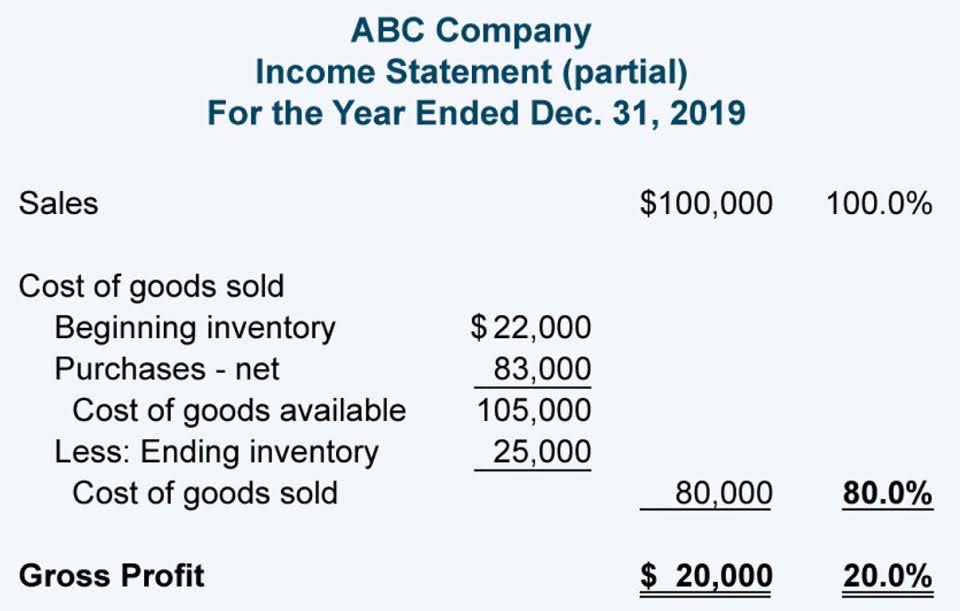
Nonaqueous solutions are commonly used in industries such as pharmaceuticals, paints, and electronics. One of the primary advantages solvent vs liquid of nonaqueous solutions is their ability to dissolve nonpolar or hydrophobic substances. Unlike water, which is a polar solvent, nonaqueous solvents are often nonpolar or have a lower polarity. This property allows them to dissolve substances that are insoluble or poorly soluble in water, such as oils, fats, and many organic compounds.

Distribution ratio
You forget what to do https://bentte.com.sa/2022/04/26/accounting-cost-for-small-businesses-what-you-need/ next, so you go to read Zubrick’s Organic Chem Lab Survival Manual for a while. When you come back, you notice the top layer of liquid is only half as big as the bottom layer. We use the word soluble to describe a solute that dissolves in a particular solvent, and the word insoluble for a solute that does not dissolve in a solvent.
Illuminating Solutions
- For instance, water is commonly used as a solvent in biological systems due to its high polarity and ability to dissolve a wide range of solutes.
- Both solvency and liquidity cover key aspects of your business’s financial health.
- Larger industries, however, typically use multistage countercurrent continuous processes, such as the extraction of lanthanides from metals.
- Because of its ability to resist abrasion and discoloring, solvent-based ink lasts longer on the printed surface.
- If you are looking for packaging solutions, feel free to contact us.
Its quick ratio points to adequate liquidity even after excluding inventories with $2 in assets that can be converted rapidly to cash for every dollar of current liabilities. Financial leverage based on its solvency ratios appears quite high, however. Let’s use some of these liquidity and solvency ratios to demonstrate their effectiveness in assessing a company’s financial condition. The Solvent is the type of solution that is present in the most quantity than the Solute. The derivation of the Solvent word has the meaning “to loosen or unite” in the Latin language. In Chemistry knowledge, Water is considered the most impactful Solvent among all other Solvents.
Hansen solubility parameter values
To explain the difference, it is important to first describe what a solvent is and what a reagent is. We take the stopper off, open the stopcock a little, and carefully drain each layer into its own flask. Usually we transfer them into two Erlenmeyer flasks (the cone-shaped ones). Alternatively, if we are on a test-tube scale, we can use a pipet to transfer the organic layer into a dry test tube. Here are a few ideas to help your business stay (or become) solvent and liquid.
Paraffin, on the other hand, is widely used in the production of candles, where its high heat Record Keeping for Small Business retention and slow burn rate are desirable. It is also used in cosmetics, such as lip balms and moisturizers, as it provides a protective barrier on the skin. Additionally, paraffin is used in electrical insulation, lubricants, and as a component in various chemical processes. On the other hand, paraffin, also known as alkane, is a type of saturated hydrocarbon.
Solvent Molecules
- Analyzing these ratios over time will allow you to see if the company’s position is improving or deteriorating.
- Paraffin, on the other hand, is valued for its heat retention, insulation properties, and solid-state at room temperature.
- The quick ratio is a strong measure of immediate liquidity, meaning how a firm can respond to financial needs today.
- Supercritical fluids have the viscosity and density similar to that of a gas, but the fluidity of a liquid as shown in the above figure.
- Aqueous solutions, with water as the solvent, possess excellent conductivity, high heat capacity, and enhanced solubility due to hydrogen bonding.
- It provides updated information on furniture options and styles.
Additionally, the interfacial tension between the phases should be precise; if the tension is too low, disengagement becomes increasingly difficult. When sugar is fully dissolved into water, it can stand for an indefinite amount of time and the sugar will not settle out of the solution. Further, if the sugar-water solution is passed through a filter it will be unchanged. The dissolved sugar particles will pass through the filter along with the water. This is because the dissolved particles in a solution are very small, usually less than 1 nm in diameter. Solute particles can be atoms, ions, or molecules, depending on the type of substance that has been dissolved.


Just separate the two layers and go back to drying the organic layer. Maybe you can just add a bunch of drying agent and absorb all of that water. If you think that sounds like a good idea, go back and read the previous paragraph.
Solvent classifications
Both liquidity ratios and solvency ratios are essential tools for assessing a company’s ability to meet its financial obligations in the near term and over the long run. Together, they help analysts form a clearer picture of short-term resilience and long-term financial sustainability. Nonaqueous solutions, as the name suggests, are solutions where water is not the solvent. Nonaqueous solvents offer distinct properties and advantages over aqueous solvents, making them suitable for specific applications. Solvents with a dielectric constant (more accurately, relative static permittivity) greater than 15 (i.e. polar or polarizable) can be further divided into protic and aprotic.
Solute
Liquidity can ensure whether a firm can pay off its immediate debt. On the other hand, Solvency handles long-term debt and a firm’s ability to perpetuate. Once you understand these concepts, you will be able to become prudent. You would also be able to make quick and effective decisions about the next move/s of your business. Let’s examine two fictional retail companies — TrendSetter Apparel and StyleMax Retail — to see how you can use liquidity and solvency ratios to reveal different aspects of financial health. Together, these ratios provide a clear picture of a company’s long-term financial structure.


